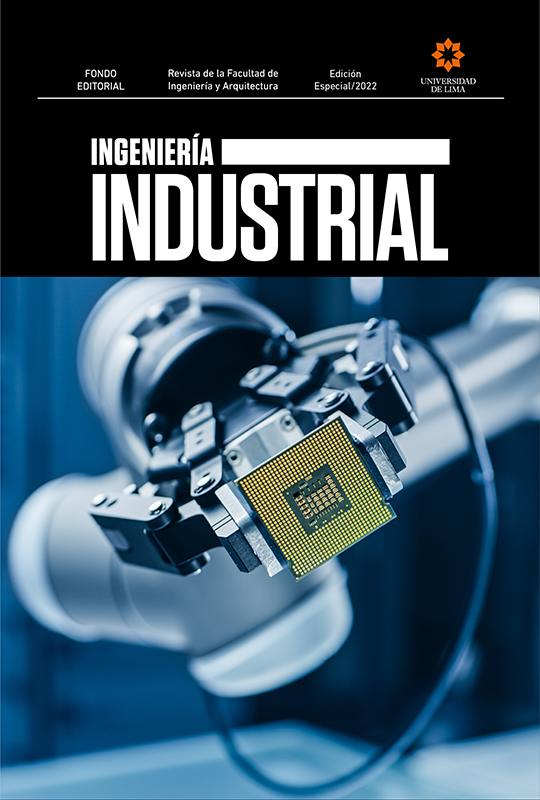Methods and resources in alternative scientific instrumentation for teaching sciences and engineering
DOI:
https://doi.org/10.26439/ing.ind2022.n.5807Keywords:
scientific instruments, scientific experimentationAbstract
As a result of the development of low cost and high-performance scientific instruments, it has been developed some experimental set ups, measurement methods and tools (numerical and graphic) in order to obtain trustable results. Some of the assays were proof of concept that, in spite of been qualitative, have been rescued taking into account their value in the understanding of physical and chemical phenomena useful for teaching Science and Engineering. Some cases, developed by using two of the resources normally standard in personal computers such as the microphone and web cam, for sound-based tests and visible light as well as Raman spectrometry, are presented. The techniques have been developed in support of the development of Scientific Alternative Instruments (ICA in Spanish).
Downloads
References
Dhankhar, D., Nagpal, A., & Rentzepis, P. M. (2021). Cell-phone camera Raman spectrometer. Review of Scientific Instruments, 92(5), 1-8. https://doi.org/10.1063/5.0046281
El Hammoumi, A., Motahhir, S., Chalh, A., El Ghzizal, A., & Derouich, A. (2018). Low-cost virtual instrumentation of PV panel characteristics using Excel and Arduino in comparison with traditional instrumentation. Renewables: Wind, Water, and Solar, 5(1), 1-16. https://doi.org/10.1186/s40807-018-0049-0
Kovarik, M. L., Clapis, J. R., & Romano-Pringle, K. A. (2020). Review of student-built spectroscopy instrumentation projects. Journal of Chemical Education, 97(8), 2185-2195. https://doi.org/10.1021/acs.jchemed.0c00404
Li, H., Liu, X., Li, L., Mu, X., Genov, R., & Mason, A. (2016). CMOS electrochemical instrumentation for biosensor microsystems: a review. Sensors, 17(12), 74. http://dx.doi.org/10.3390/s17010074
Li, T., Zhong, F., Pan, B., Li, Z., Huang, C., & Deng, Z. (2017). A brief review of OPT101 sensor application in near-infrared spectroscopy instrumentation for intensive care unit clinics. Sensors, 17(8), 1701. http://dx.doi.org/10.3390/s17081701
Montoya, E. H., Arbildo, A., & Baltuano, O. (2015). A homemade cost effective Raman spectrometer with high performance. Journal of Laboratory Chemical Education, 3(4), 67-75. http://article.sapub.org/10.5923.j.jlce.20150304.02.html
Emmanuel, N., Nair, R. B., Abraham, B., & Yoosaf, K. (2021). Fabricating a low-cost Raman spectrometer to introduce students to spectroscopy basics and applied instrument design. Journal of Chemical Education, 98(6), 2109-2116. https://pubs.acs.org/doi/10.1021/acs.jchemed.0c01028
Sinhaa, R. K., & Biswas, P. (2020). Structural elucidation of Levofloxacin and Ciprofloxacin using density functional theory and Raman spectroscopy with inexpensive lab-built setup [Resumen]. Journal of Molecular Structure, 1222, 128946 https://doi.org/10.1016/j.molstruc.2020.128946
Young, C. C., & Sung, I. A. (2020). Fabricating a Raman spectrometer using an optical pickup unit and pulsed power. Scientific Reports, 10, 11692. https://doi.org/10.1038/s41598-020-68650-7



